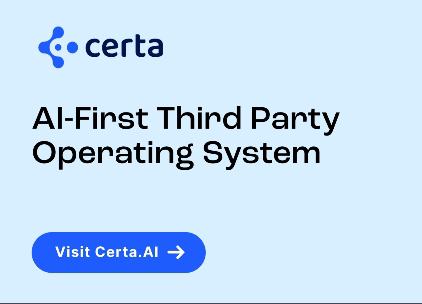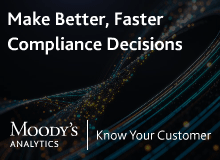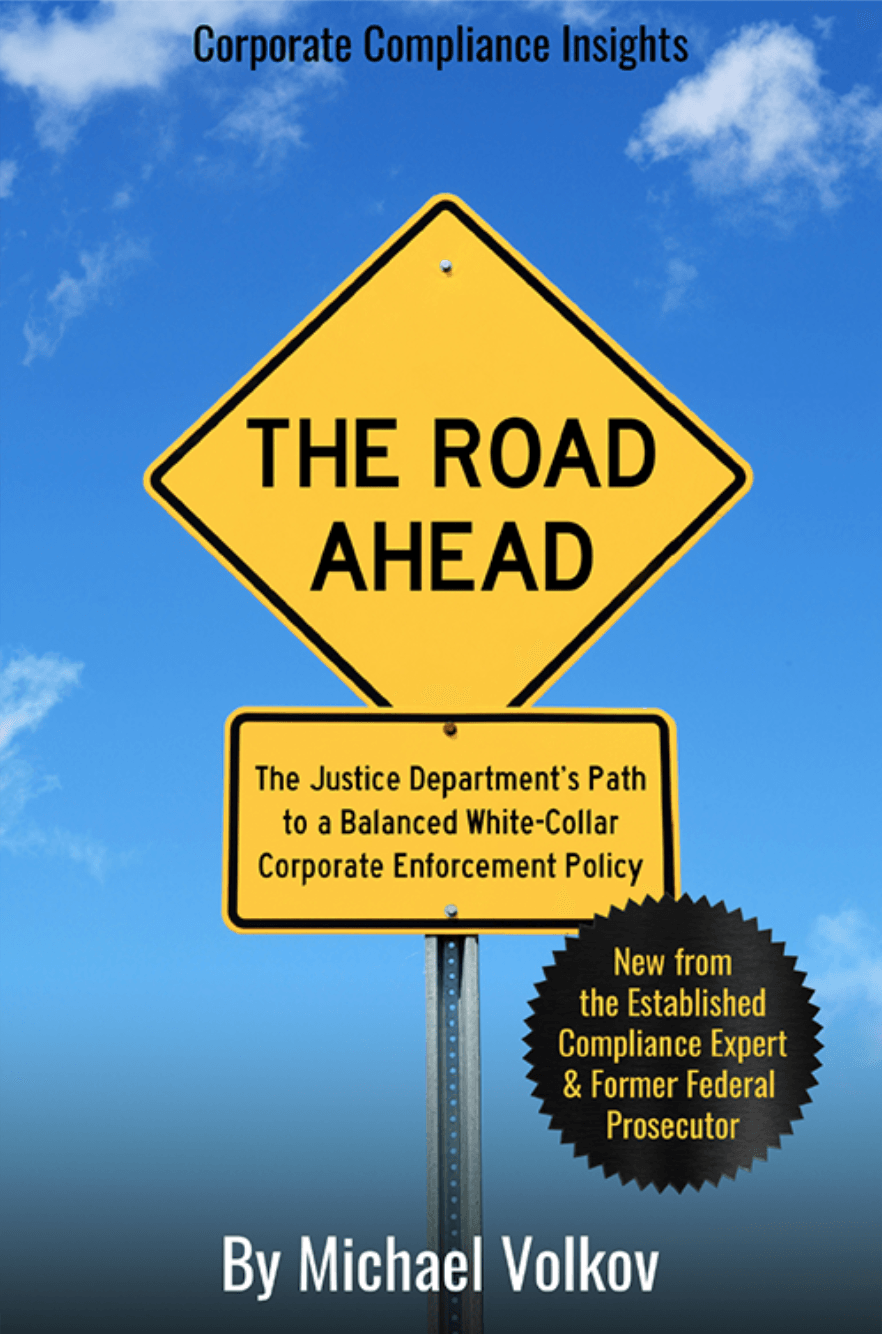The New Era of Compliance — AI, Data and Information Governance (Part I of II)
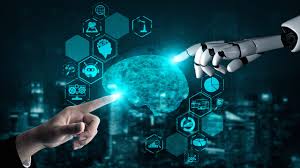
Not to sound like a broken record — but we are consistently asking the compliance community the same question. As far back as March 2013, on this very blog, I wrote a posting — The Future of Compliance — What Will the New Tools Look Like? To avoid being trite, but technology is moving so fast with blockchain, artificial intelligence and data analytics, we have keep asking the same question each year.
With each iteration of “new technology,” questions are always posed — what are the real-world applications and business case? what risks for abuse or misuse?
But something feels different. Maybe it is the compliance hype or the trade press repeating the risks and dangers to companies, compliance and the overall economy. From my perspective, and without prejudging the issue, there is a little bit of hype and exaggeration intended to draw eyeballs to Internet articles, postings and social media.
We have watched this pattern replay over and over — first it was data analytics, then blockchain and cryptocurrency, huge improvements in computer processing, cloud computing and now we stand before the artificial intelligence crucible.
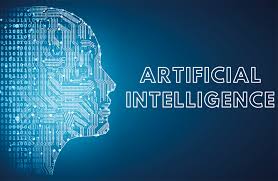
The 1990s and the explosion of the Internet was the most transformative economic and social development over the last forty years. Whatever you may think about AI, the impact of AI is nowhere close to the impact that the Internet has had.
AI will have a significant impact on the global economy. Everyone knows and understands that one point. Goldman Sachs estimated that AI could drive a $7 trillion increase in global GDP and productivity growth by 1.5 percentage points over a ten-year period. Goldman Sachs described the impacts of AI is its “ability to generate content that is indistinguishable from human-created output and to break down communication barriers between humans and machines.”
With the significant impact of AI, labor experts are warning that AI could result in significant job losses and employment markets. Many experts, however, have countered that data reveals that productivity changes are usually offset by new jobs or positions needed to manage new processes and procedures. Software companies are embracing AI with the keen understanding of harnessing new and powerful capabilities.
As large tech companies race to build and capture the AI market, there are still real questions about how quickly the technology and its application can be scaled and its overall cost.
Generative AI has become the new mantra and focus. Generative AI creates real language outputs and other formats. Tech companies are exploring real use cases.
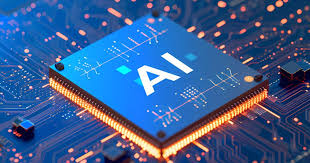
It is easy to imagine how generative AI can apply to customer support, medical coding, medical analysis, marketing and other real world applications. If content can be generated that is indistinguishable from human crafted content, the potential applications are infinite. Companies are focusing on specific use cases and we could witness real world changes and efficiencies as these cases are made and rolled out.
Before this happens, we will not see any major corporate investments across the economy except for real tech companies that continue to race to capture the market and technology. AI development will require huge investments — semiconductors (GPUs and memory chips), large data centers, power, associated utilities and large amounts of data. The cost of generative AI searches are higher than traditional algorithm searches.
Large language models are being built tied to all available content on the Internet. Quantum computing may facilitate rapidly new capabilities in this area. Energy demand is increasing and will continue to grow — these are real resources and scaling questions that are quickly becoming important.









